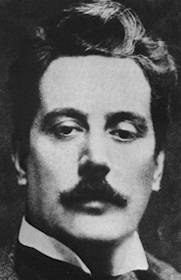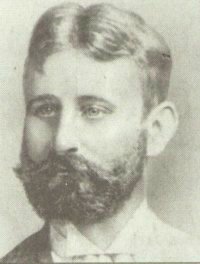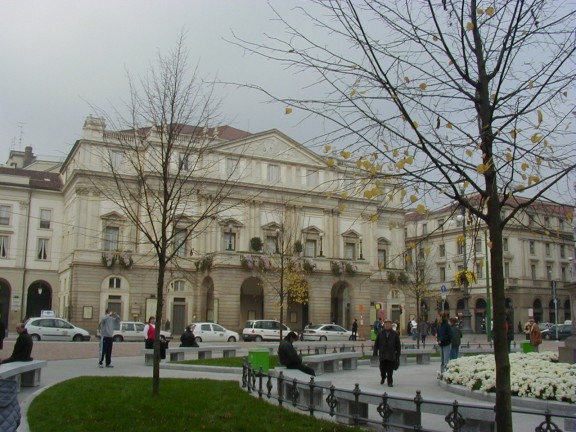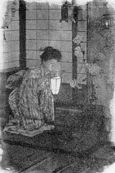 |
On Feb. 17, 1904, Giacomo Puccini's opera, Madama
Butterfly, debuted at Milan's
Teatro alla Scala., Madama Butterfly was based
on an 1898 short story by writer John Luther Long
(born Hanover, PA in 1861). In Puccini's opera, the female lead, Cho-Cho-San, is a 15-year-old Japanese geisha who lives in late-19th-century Nagasaki. She enters into an ad hoc marriage of convenience with Lt. Pinkerton, a visiting American |
 |

The 1904 version of the opera Teatro alla Scala was less than a success and Puccini altered the opera. Revised by 1906, the work has become one of the most frequently performed works in the international operatic repertory.
John Luther Long (1861-1927), a Hanover native, became a Philadelphia lawyer. He never visited Japan but the idea for the short story came his sister Jennie Correll, a Lutheran missionary who'd been to Japan a year earlier.
 Long’s
Madame Butterfly was first published in Century Magazine
and then republished in book form. David Belasco, an
American playwright, adapted Long's story into a play
that was performed in London. In Belasco’s Madame
Butterfly, unlike Long's, Cho-Cho-San commits suicide
when Pinkerton discards her. It was Belasco's London
version of the story that Puccini used as the basis of
his opera.
Long’s
Madame Butterfly was first published in Century Magazine
and then republished in book form. David Belasco, an
American playwright, adapted Long's story into a play
that was performed in London. In Belasco’s Madame
Butterfly, unlike Long's, Cho-Cho-San commits suicide
when Pinkerton discards her. It was Belasco's London
version of the story that Puccini used as the basis of
his opera.
Illustrations from the 1903 Grosset and Dunlap edition of the text, Madame Butterfly, by C. Yarnall Abbott